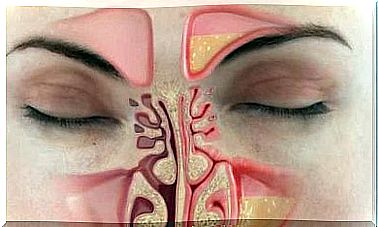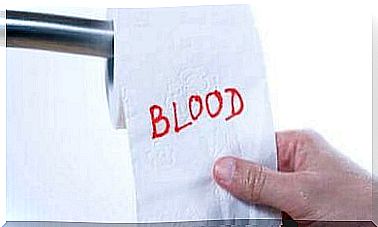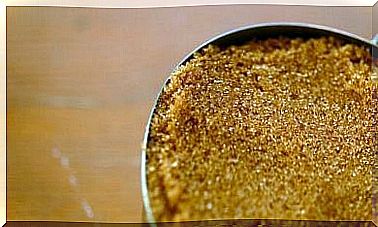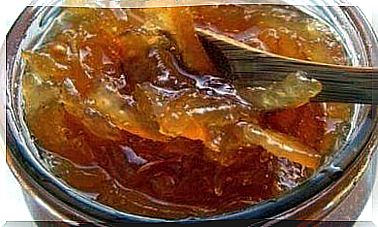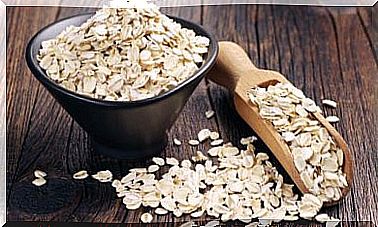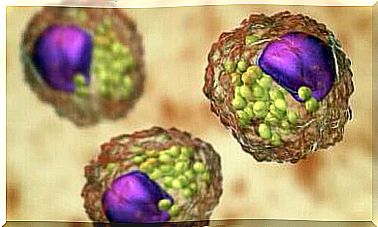Hard And Soft Water: What’s The Difference?
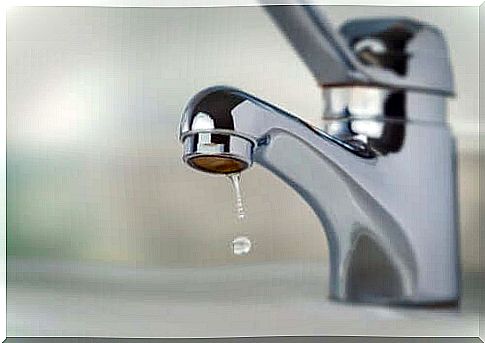
Water hardness is the term used to measure the amount of calcium and magnesium minerals found in a given proportion of water. This chemical property allows us to classify the liquid as hard or soft water, and it is important to recognize which one we have in our home. Keep reading to find out more about hard and soft water.
The properties of the water depend on the conditions in the ground it circulates through because, as it moves underground, it comes in contact with the salts placed in the rocks. In addition, elements such as iron, strontium and barium also affect the hardness of the water.
What is hard water?
Hard water is water with a high concentration of minerals. It usually occurs in coastal areas because they are characterized by soils that have a high percentage of calcium carbonate.
One of the measures of water hardness that can be measured is the French hydrometric degrees (° HF). Because of this, experts have determined that hard water has between 32 and 54 ° HF and very hard water contains more than 54 ° H F.
At the same time, hard water can be temporary or permanent. The former consists of calcium or magnesium carbonates and loses their hardness when cooked. The latter have calcium or magnesium sulphates and these are not reduced when cooking techniques are used.
What is soft water?
Soft water is water that has a minimal amount of mineral salts. It comes from mountainous places and wells because the rocks there do not collect as much calcium and magnesium.
This type of water can also be measured with the French hydrometric degrees. Thanks to this, it is decided that those with less than 7 ° HF are very soft and those with between 7 and 14 ° HF are soft.
Soft water is ideal for use in industrial sectors, as it provides optimal savings and does not change machine performance. It is therefore important for companies to check the levels of water resources frequently.
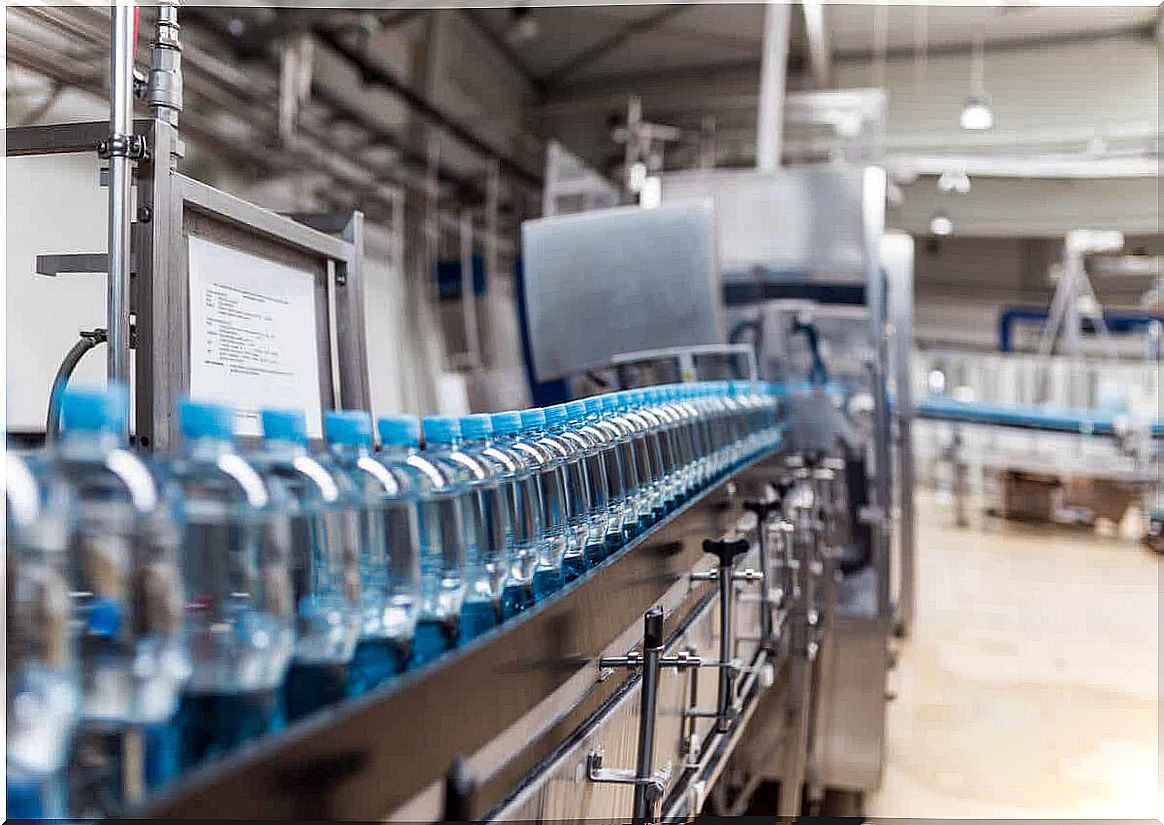
What is the difference between hard and soft water?
Apart from the presence of minerals in each, there are other differences that need to be considered. The first is that while soft water is suitable for cleaning, hard water weakens detergents because the soap molecules break down when they react with calcium or magnesium ions.
Taste is another factor that is changing. On the one hand, when you taste hard water, you may feel that it has a stronger taste due to the high presence of salts. On the other hand, soft water is characterized by having a much lighter taste.
In addition, each one produces different experiences on the skin. Soft water is known to leave the skin soft, while hard water can cause dryness and irritation.
How Can Hard Water Affect Your Home?
Hard water is a factor that triggers many problems inside the home. At the plumbing level, it clogs pipes; when water is heated, it releases pieces of lime that gradually build up.
In the same way, the high lime concentration also causes problems for taps and walls. This is because they produce a coating that noticeably stains surfaces that are often sprayed with this water.
This type of water also causes damage to household appliances because the solid residues of salts can remain inside the machines. Hard water reduces the efficiency of detergents and causes household cleaning costs to rise.
In addition, by not allowing optimal performance of soaps, plates get irreversible stains. In addition, the garments become discolored when you wash clothes.
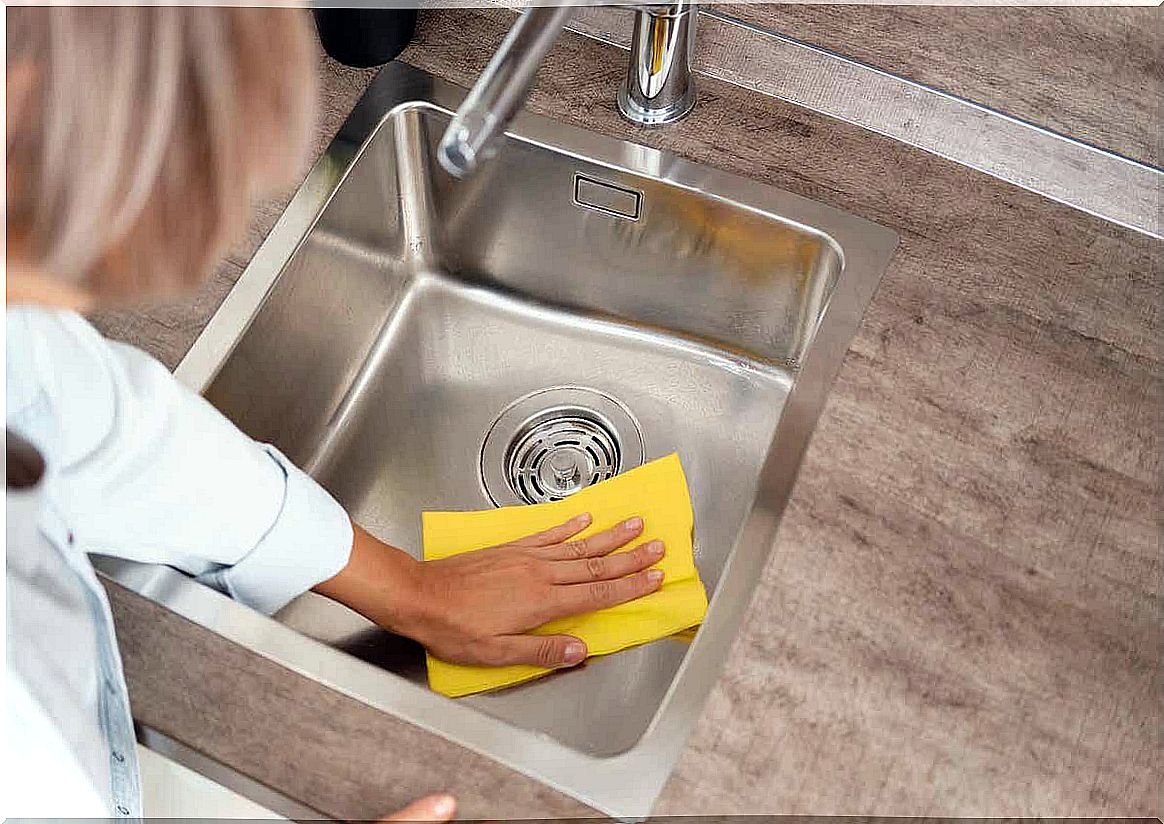
How to test the hardness of the water in your home?
Experts use a device called a hardness analyzer. It consists of a test tube and special liquids that react with the water.
The operation is simple, as you only need to fill the test tube with water and apply a few drops of the special liquid. If the water resource gets a blue color, it means that the water is soft; if it turns red, it means the water is hard.
In addition to this, one home test can also be performed using one bottle of water with salt and another with distilled water. During the process, use detergent on both, shake them, and if the first option has less foam, it means the household has hard water.
